- Empty cart.
- Continue Shopping
Black Sapote (Black Chiku)
Original price was: ₹1,300.00.₹846.00Current price is: ₹846.00.
Genus : Diospyros
The Black Sapote Plant is a fascinating addition to any garden, offering not only beautiful foliage but also unique and delicious fruits. This fruit tree produces large, green fruits that turn dark brown when fully ripe, resembling chocolate pudding in appearance and texture. The fruit has a rich, sweet flavor with hints of caramel and can be enjoyed fresh or used in various culinary creations, such as smoothies, desserts, and sauces. In addition to its delightful taste, the Black Sapote is also packed with nutrients and is a good source of vitamins and fiber. This tropical tree thrives in warm climates and requires well-drained soil and ample sunlight to flourish. Plant a Black Sapote in your garden and indulge in the sweet and creamy delights it has to offer.
Black sapote (Diospyros digyna) is a tropical fruit tree that is native to Mexico and Central America. It is also known as chocolate pudding fruit, because its fruit has a texture and taste similar to chocolate pudding. The black sapote tree is a member of the Ebenaceae family, which also includes other fruit-bearing trees such as persimmon.
The black sapote tree typically grows to a height of 20-30 feet (6-9 meters), with a spread of 10-15 feet (3-4.5 meters). It has a dense, bushy crown with glossy, dark green leaves that are 4-8 inches (10-20 cm) long. The tree produces small, inconspicuous flowers that are followed by round or oval-shaped fruit that ripens in the winter and early spring.
The black sapote fruit is green when unripe and turns black and soft when fully ripe. The fruit has a thin, edible skin and a soft, creamy, and sweet flesh that is often compared to chocolate pudding. The flesh contains several large, flat, smooth seeds that are easily removed. The fruit is high in vitamin C, potassium, and dietary fiber, and is commonly eaten fresh or used in desserts and other culinary applications.
The black sapote tree is relatively easy to grow and is adaptable to a wide range of soil types and climatic conditions. It prefers well-drained soil and full sun, but can tolerate partial shade and occasional drought. The tree is hardy and resistant to many pests and diseases, including fruit flies and fungal diseases.
Overall, the black sapote is a valuable and unique tree that is well-suited for home gardens and small-scale farming. Its delicious fruit, ornamental value, and ease of cultivation make it a popular choice for gardeners and fruit enthusiasts alike.




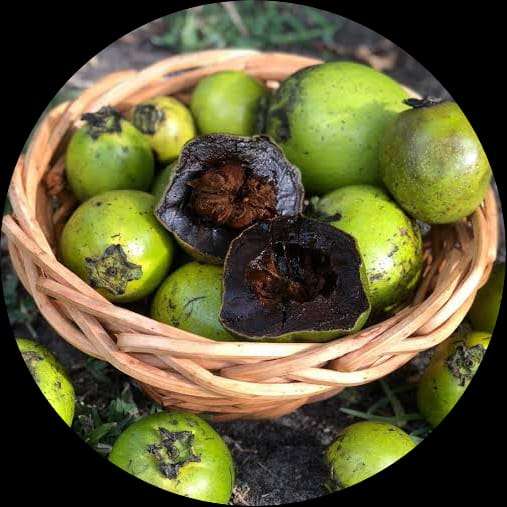
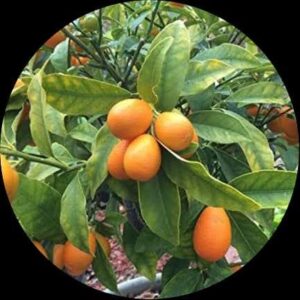
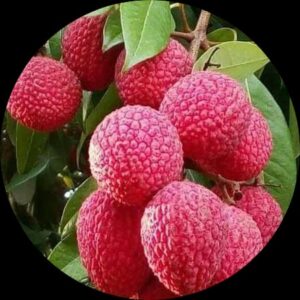
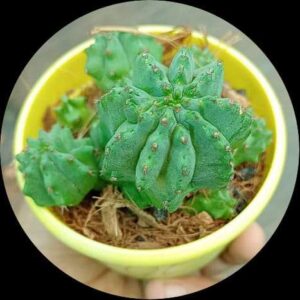
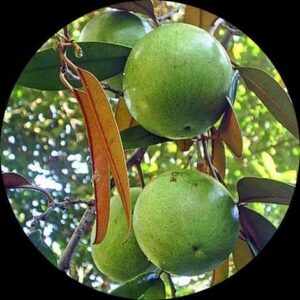
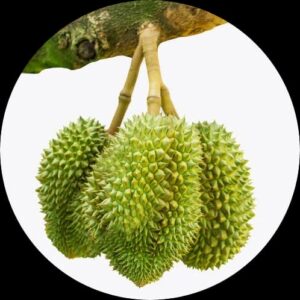

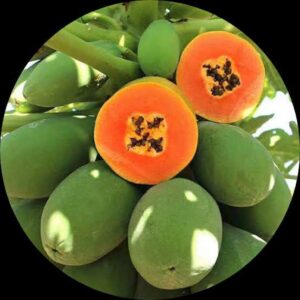

Reviews
There are no reviews yet.